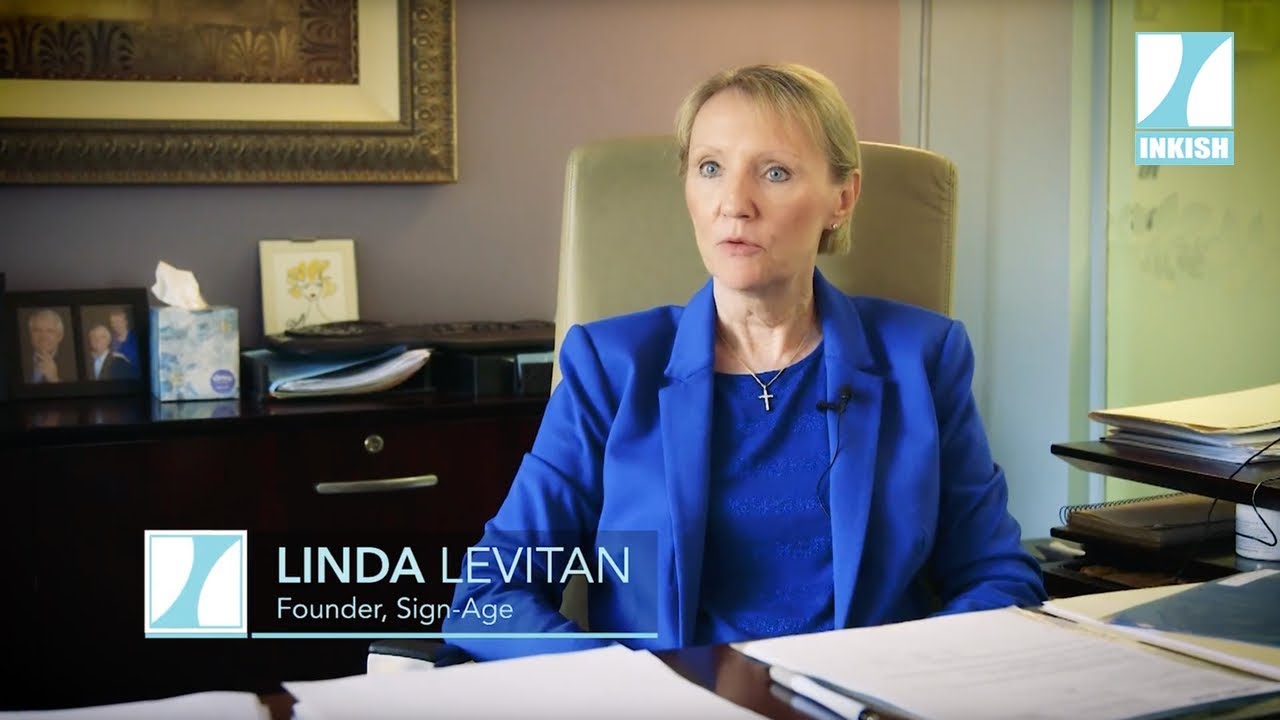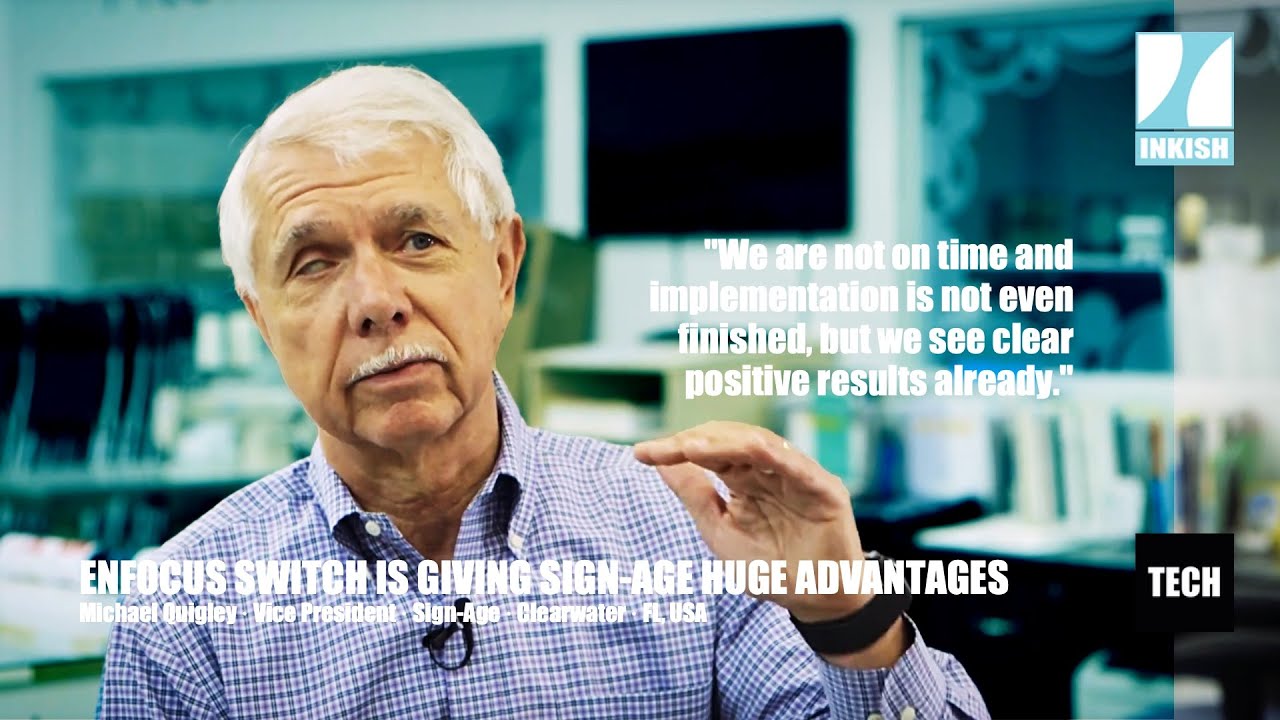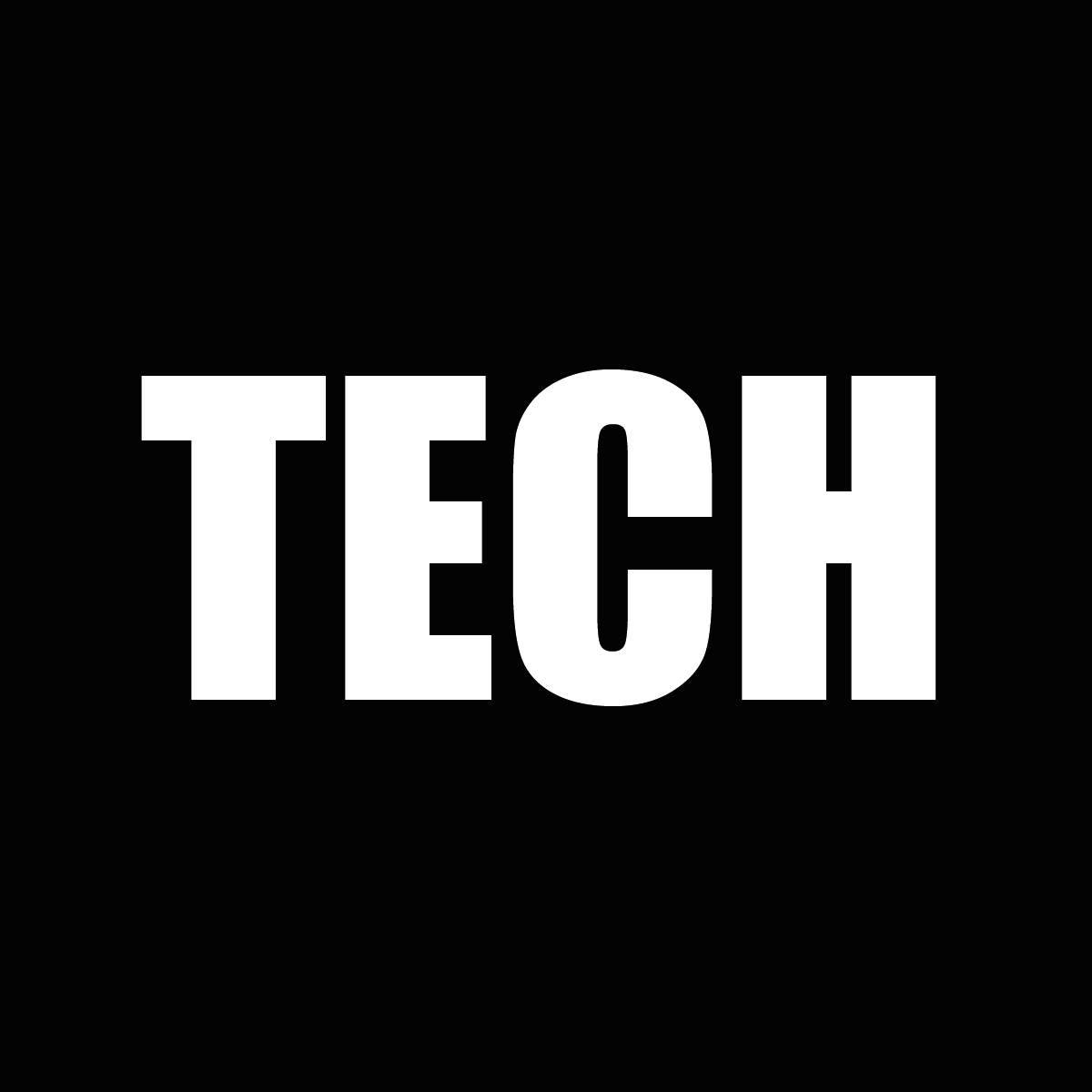At DRUPA in 2016, our friends from Enfocus in Belgium announced the X-Treme Switchover program and when INKISH.TV was asked to cover some of the programs we were SO excited about this.
To recap briefly on the Switchover program the entire program aims to give an honest and openhearted view on the entire process from requirements, implementation, and results when getting a workflow implemented. How often do you meet a vendor that also show the obstacles, the worries, and the considerations whether this is worth investing in? The ‘winner’ or to be more precise the printer selected is Sign-Age in Clearwater, FL.
Great family operated large format and signage company with motivated staff ready for exploring automation in their company.
We really enjoyed the stay, the program and the great opportunity to be part of the X-treme switchover and we sincerely hope that you will view this, read more on the campaign site you will find with Enfocus and listen, learn and well – who knows, maybe be inspired for some kind of automation in your printing company as well.
0:09 So, we do a lot of large format printing for Sign-Age products, and that includes tradeshow events and displays. We also make a lot of large format printing for vehicle graphics and wraps. And then, we do a lot of architectural work as well, interior and exterior.
0:31 ENFOCUS X-TREME SWITCHOVER AT SIGN-AGE. From requirements and implementation to successes and failures ñ everything is revealed so everybody can learn.
0:39 One thing that we’re looking forward to with this opportunity is to improve our upfront processes, whereas obtaining files from customers and getting them in correctly and ready to print. We’re looking forward to being able to communicate more effectively with customers. We’re looking forward to being able to perhaps automate some of our proofing processes when we design and send files out to customers.
1:06 System integrator William Buckingham speaks about the early stages of the process.
1:12 Companies can be aware to some extent of their bottlenecks, and this is what we seek to remedy. We look for early wins that gets people on board with the software very easily. They see what it’s capable of doing, and how it’s capable of changing their lives for the better. So then, you identify the next stage after that. But, generally speaking, most companies have got a few pain points in their processes that can be easily remedied with the software, and we move forward from there.
1:40 Is the workflow analysis process the same for every company?
1:44 It’s different from company to company. Some larger companies and some smaller well-organized companies put out a request for proposal or give you a scope document, and they know exactly what they’re after. In a lot of cases, we do what we’ve done here where we come in, meet with the company principals, talk to the people who are in charge of the departments involved, talk to some of the workers in those departments, and get an idea of exactly how the work flows now or doesn’t, and then create a workflow accordingly.
2:11 What are the most common questions you ask?
2:16 First questions would be: ‘Where do your production files come from?’, ‘How do you receive them?’, ‘Are there any inhibitors to getting those files here?’, ‘What’s the quality of the files you receive?’, ‘Do you receive job information with those files?’, ‘How do you traffic your files once they’re in your facility?’, ‘Is it a manual process?’, ‘Do you work with a job bag?’, ‘Do you have a job ticketing system?’, ‘Do you work with a production database?’, ‘Is there any way of knowing at any stage how to interact with the job or what stage it’s at or whether it’s ready for shipping or the next stage of production?’ So, a lot of the questions can be very similar, but in almost every case, the answer is a little bit different. And, that’s what’s so nice about working with the Enfocus products is because they don’t force you into a way of working. You can automate just the components of your workflow that you’re ready to automate, and then eventually link everything together, if you want, or just continue to just do a little bit here and there.
3:16 Michael Quigley explains the current sale and quote process at Sign-Age.
3:22 We’ll get inquiries from a number of areas. Primarily, we have an established customer base, so we’ll get a lot of requests from existing customers. We have a sales staff that they’re out in the field. They’re soliciting needs for customers, and so they’ll come in that way. We have a website presence, so requests will come in, inquiries will come in that way. From that point, every need is discussed with the client. They do have personal interaction with the client. They do a needs analysis during that process. We ask for design elements that they might have. They’ll start sending this to us electronically. Once we have that information translated, we’ll incorporate that. Whatever their needs are, if they need additional design services and/or a product, we’ll put that into a quote format. That quote format is routed to the client. Our sales rep follows up immediately to discuss what’s in front of them. Then, we wait on the client’s decision. And, we do have a process for following up, staying close to the client for that decision.
4:31 Would a faster quote process improve sales?
4:35 We have to find out exactly what they need, translate that into a quote, and if we can shorten that cycle even by a day for today’s buyers, a lot of them are ready to buy what they just ñ They want it now, they want a quote now, and they’ll make a decision just as quick.
4:52 Everything in this industry is a deadline, and our goal is to turn quotes back to the sales people to get to their client within 24 hours. So, it’s always a deadline, always a time crunch. Using Switch will allow us to channel more things like pre-flights, proofs, and scaling through that software, which will in turn free up more of my time to do more quotes, more estimates, and also writing up the jobs for the sales people.
5:21 In sales, it’s all about the sale. And, if I’m spending most of my time doing busy work and not making a sale, I’m not making any money.
5:32 How do you expect Switch to influence your work?
5:35 First of all, yes, this would streamline my quoting process. Ideally, not taking me out of the equation, but possibly allowing the customer to upload that file without necessarily me having to touch it and two other people. So ultimately, I’m excited because it sounds like possibly for regular customers, especially that they would have an application that would allow them to go through this process maybe without involving me.
6:09 Customers expect things. They want to place the order today, and have their signs ready tomorrow. Sometimes that’s possible depending on the type of sign, other times it’s not. If it’s a more involved project, it can take weeks or months to produce.
6:26 Where in the process does the design department come into the picture?
6:30 We’re involved in the proofing process. So, the quoting process typically is taken care of by the sales people, and then when we get all of the artwork we pull all of that together, and then it goes for a proof out to the clients, and then it comes back if there’s any other changes.
6:51 What are the bottlenecks in production and how do you expect Switch to make a difference?
6:57 When we talked about the X-treme Switchover product, we see the opportunity of shortening that cycle in the shop, as well. Once the order is made, you know, we were talking about what goes into just checking some files to see if we can even build what they want. Well now, they have to give us the final file. We go through the same process. The other bottleneck we have in that process is we always want the customer to sign off on the final proof before we start producing. There’s more manpower that is involved. We’re routing it to a customer service rep, the customer service rep is getting it to the client trying to interact with the client, chase the client, and make sure they get it back in a timely manner so we can produce on schedule. So, we see all kinds of bottlenecks kind of being eliminated there with this software.
7:52 One thing we do work very hard at is to remove the fear for a lot of people of losing their jobs because of automation. The idea from our perspective behind automation is to free you up to do revenue generating activities as opposed to being a cost center to your company. In almost every case, the principals we work with at a company when we’re working with Switch are not interested in getting rid of people. The goal is to actually do more business with what they have, and do it smarter and effectively and have better throughput, better quality control, better customer service.
8:25 What are your expectations from this project?
8:29 We look at this opportunity as a way to make our people more effective, and give us more opportunity for growth, and to increase our capacity.
8:37 We’ll spend a lot less time checking the files, and we’ll be able to have more time to be able to do some more creative things probably for the clients, and then that will streamline everything for sure.
8:50 As an integrator for Enfocus, what are the biggest obstacles in your work?
8:54 The biggest challenge I think is maybe getting the bit of time we need to actually show them the product, whether that’s at a trade show in person or whether that’s at a WebEx. Once someone sees what it’s capable of and understands how flexible it is, and they get that from a WebEx where we actually show them the software, they’re on board. It’s, you know, sometimes they don’t come back for a month, two months, six months, but they always come back. Once they’ve seen it, they’re sold. So, getting that initial bit of time that we can have to actually show them the software sometimes is the biggest trick, because they don’t have time. And, the irony is that what we’re selling them is something that would give them that time.
9:34 Why doesn’t every printing company have this kind of software?
9:38 I think because Enfocus Switch is a blank canvas when you start with the software. For a lot of people, it’s somewhat daunting because they don’t understand their own processes well enough themselves to translate it into a workflow. So, this is a service that we provide in helping them identify what they need to automate. Once we get the ball rolling, our philosophy is to get customers self-reliant. We don’t want them beholden to us, always having to come back to us to make a change to their workflow. So, we try to train them so that they can take the initial installation and run with it after we’re finished. The nice thing about Switch is that we can upfront quote an installed implemented price, because we’ve done this long enough that we know this is going to be a two-day job, a three-day job, a five-day job, and that’s one of Switch’s strength. It isn’t rocket science. Yes, we can get under the hood and do scripting and customize it for every particular company in a particular way, but the big strength is the cost. It’s not that expensive



























